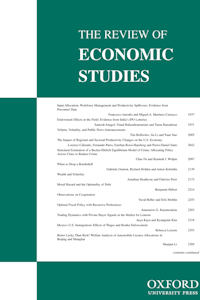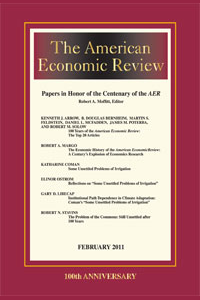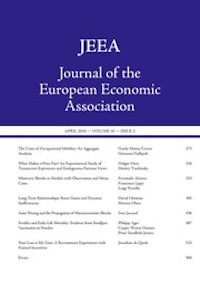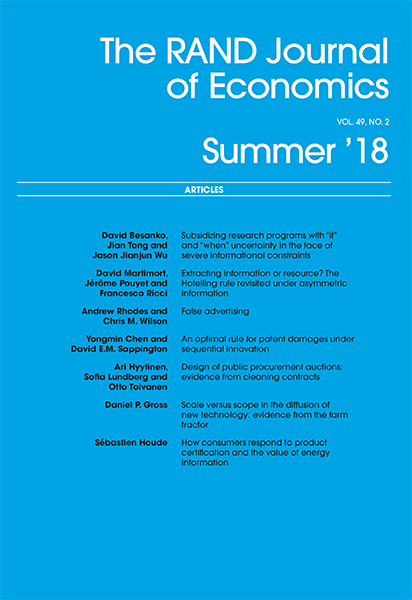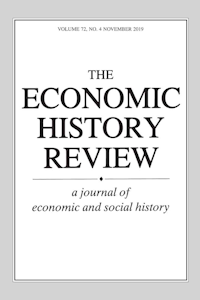
Beltrán Tapia, F.J. and Gallego-Martínez, D.
What explains the missing girls in nineteenth-century Spain?
Economic History Review
(2018)
Abstract: Infant and childhood sex ratios in nineteenth-century Spain were abnormally high, thus pointing to some sort of unexplained excess female mortality. This article analyses internal regional variation and shows that certain economic and social factors mitigated gender discrimination against newborn and/or young girls. In particular, the presence of wage labour opportunities for women and the prevalence of extended families in which different generations of women cohabited had beneficial effects on girls’ survival. Likewise, infant and child sex ratios were lower in dense, more urbanized areas.
Author links: Francisco Beltran
Publisher's Link: https://onlinelibrary.wiley.com/doi/abs/10.1111/ehr.12772 ![]()

